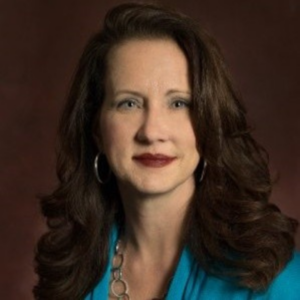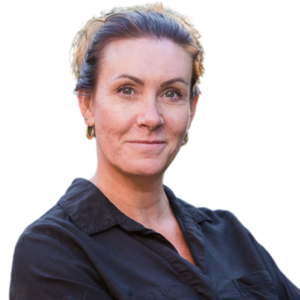More Time Added for Interaction and Emphasizing Practicality
Humentum is launching an updated version of its USAID Rules & Regulations: Grants & Cooperative Agreements online course starting on October 24, 2022. We asked two experts who refreshed the course: what’s new, and how will the course help people?
- Mischa Heeger
Mischa’s expertise is in project management, with more than two decades of experience in international public health and development. She has worked as a program manager in more than 24 countries and has operationally managed and coordinated four USAID flagship projects with a total obligation of 800 M USD. - Rosanne van Halm
Rosanne is a financial controller with nearly 20 years of experience in the development sector. She has worked as the financial controller for several large USAID funded projects with a total obligation of 800 M USD.
Q: One of Humentum’s values is to walk to the talk. Tell us a little about your knowledge of USAID.
Mischa. I started working with USAID in 2002. My background is in sociology, but I ended up working in development, starting with a huge project for a Dutch NGO that was funded by USAID. After that I ran several more in different countries with multiple coalition partners.
Rosanne: I’ve been working with USAID since 2006, as the Financial Controller of two USAID flagship projects. Mischa and I actually ran two projects together, with eight coalition partners and hundreds of sub-recipients. We had to make sure all the partners in all countries knew the rules.
Q: And you’ve both taken the current course, is that right?
Mischa: We’ve taken it multiple times!
Rosanne: Yes, we’ve each taken it in person, and then during COVID-19, we’ve taken it online.
Q: How did you hear about Humentum and this course the first time?
Mischa: We were sent to the training. That’s where the expertise is, so that’s where we went.
Q: When you looked at the course to update it, where did you start?
Rosanne: We spoke to learners who had taken it, and to a facilitator, to see what they thought worked and what could be improved.
Mischa: We had our own ideas, of course, but we know everyone learns differently, so we needed to get more perspectives.



